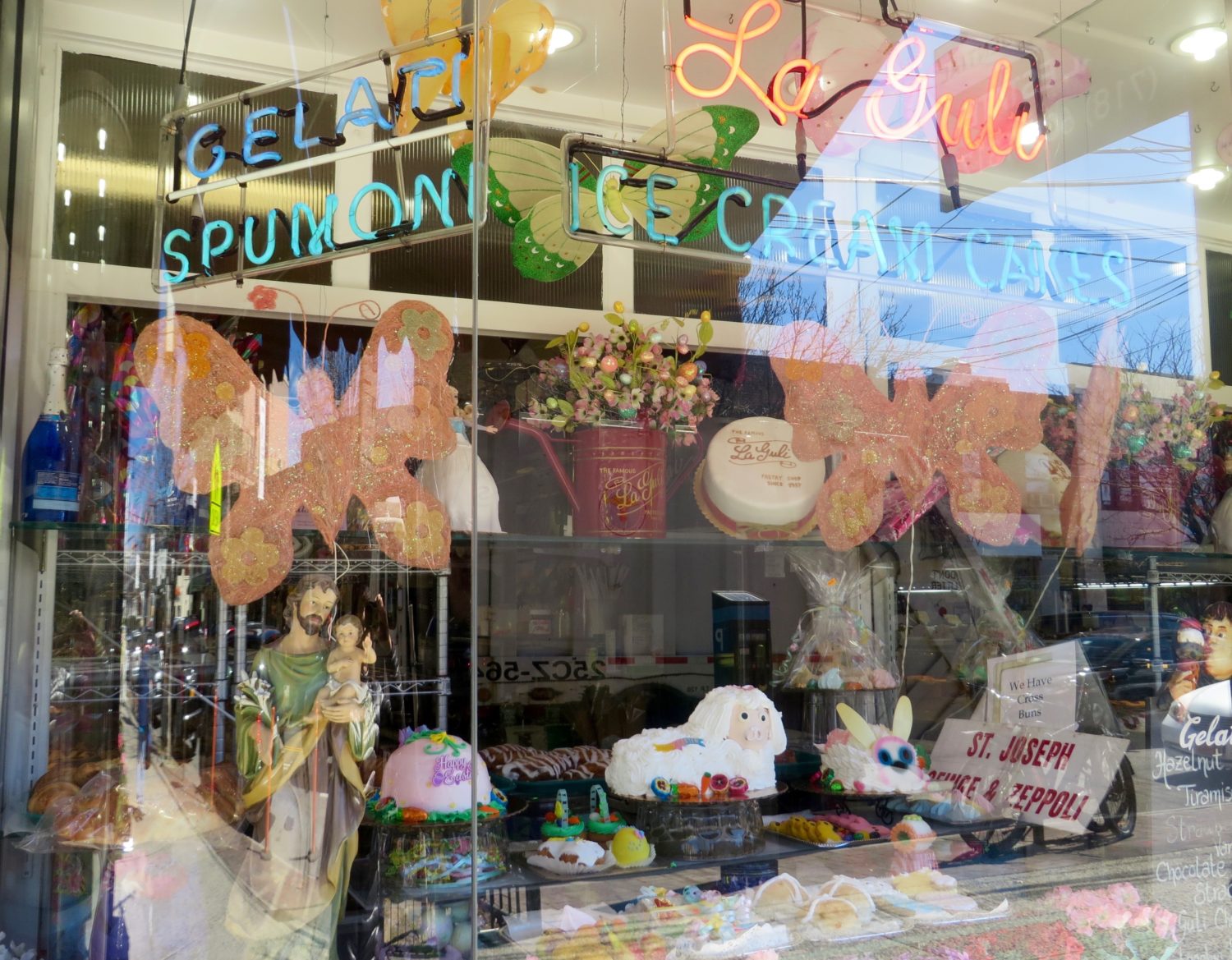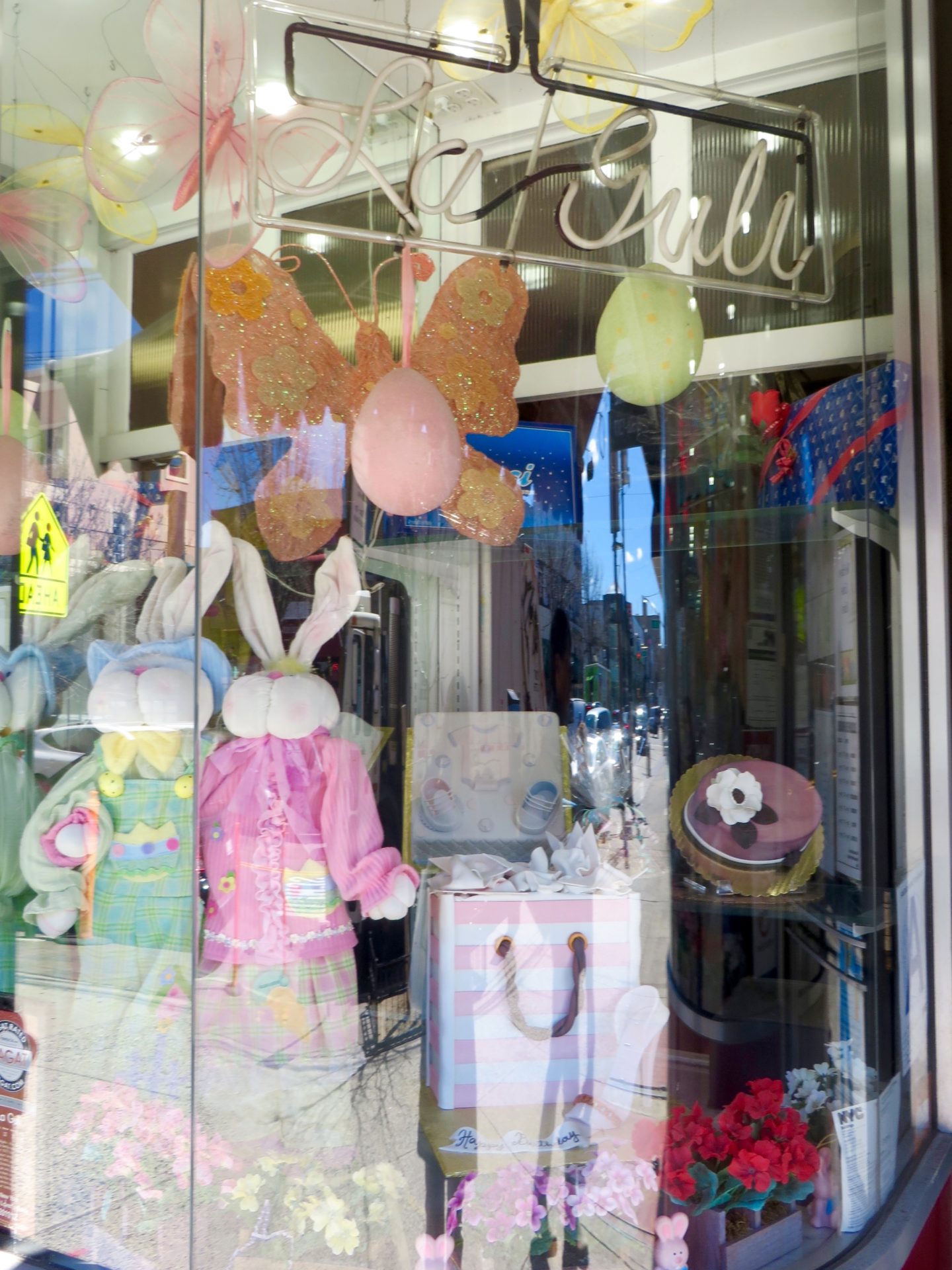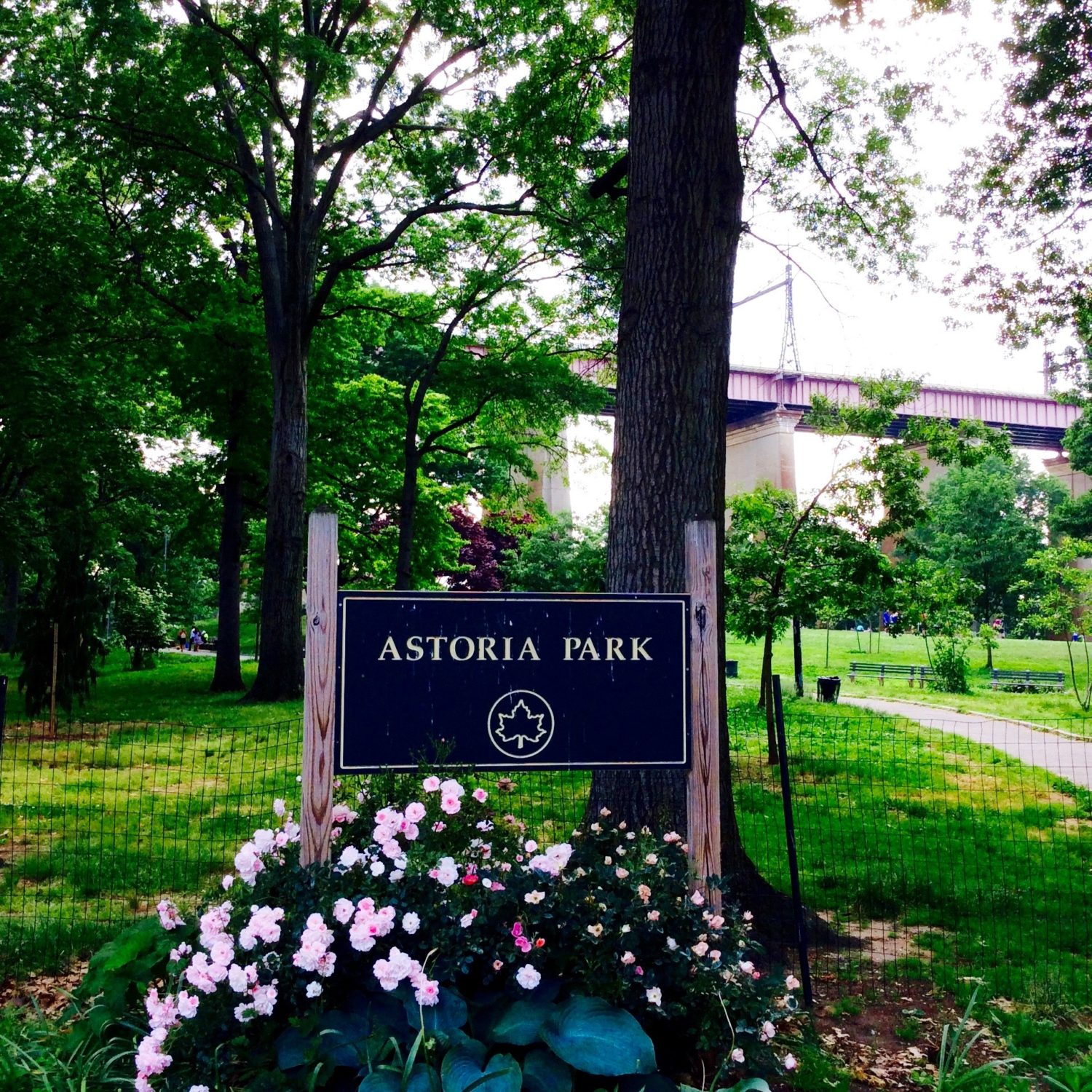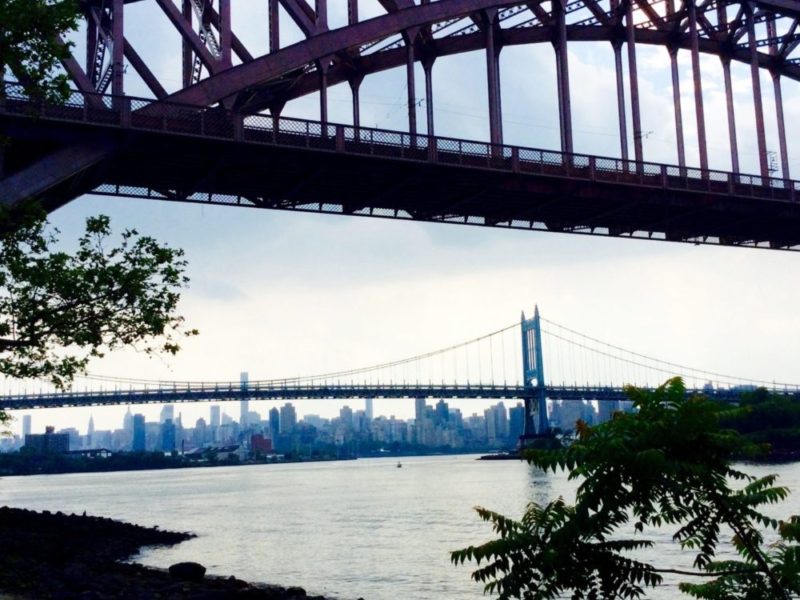A Taste of Greece and Italy in Astoria, Queens
A distinct multi-cultural feel permeates Astoria, the Long Island City neighborhood in northwestern Queens that borders the East River, evident in the variety of shops and restaurants that feature traditional Greek and Italian specialties. Here you find the butchers, fishmongers and greengrocers that bring an international feel to the shopping experience.
My wife and I returned time and again to Astoria, Queens to buy groceries. She is Italian, and has cooking in her Florentine blood. She has an eye for quality and authenticity, and many of the best ingredients for her regional Italian dishes came from across the East River from our Manhattan home.
It is the shopkeepers who make coming here such a pleasure. Antonio Bonfigli, co-owner of Cassinelli Food Products, told me one summer afternoon while standing behind his refrigerated store-front display cases of homemade pasta that serving walk-n clients like us “is the part I like the most. If nobody comes in, no matter how much I sell outside, I don’t think I’m busy. I want to see people”.
Dimitris Pinos, manager at Mediterranean Foods’ 34th Street location for the past 38 years, talked about keeping his clients happy as we chatted alongside his counter, laden with a bounty of olives, fragrant sardines and fresh cheeses, the latter neatly cut into cubes on offer as samples. We grabbed a toothpick and enjoyed a bite.
“This store has been here since 1974 so we have established clients. They move out to Long Island or Connecticut but they come back here for their shopping, not that often, maybe once every 15 days, once a week, once a month. Even if they move, they come back to us. What does that mean? We are doing something good. Either we give them good products, good prices or good service. So far we’ve been able to accomplish all three of them”.
Maria Notaro, whose family has run La Guli Pastry Shop on Ditmars Boulevard since the 1930s, offers Sicilian pastries, cookies and cakes. We joined her at the back of La Guli, where she was working at a corner table on her notebook computer, while the tempting aroma of fresh cannoli drifted over from the display cases.
“La Guli has a long history. My grandfather and his brothers emigrated from Palermo in Italy in the early 1920’s. At that time the most famous pastry shop in Palermo was called Guli. It also happened to be where my grandfather and his brothers learned the trade. My grandfather was the business man and his brothers learned to bake all the traditional goodies.”
“When my grandfather opened his first place on Avenue A and 11th Ave in lower Manhattan he wanted to call the place Guli but was told to be careful, they might go after him for the name. He therefore put the “La” in front so he could not be touched. This location in Astoria is the only one left. Interestingly the Guli in Palermo no longer exists!”
After the Second World War the population of Astoria was largely of Italian heritage. Numerous Italian restaurants, delis, bakeries, and pizza shops were a result of this cultural legacy.
Bonfigli and his partner Nella Costella bought their store from Cassinelli in 1972 and they’re still there. Restaurants and retail clients alike buy their pasta sheets to make lasagna and ravioli, and their cheese, meat and spinach stuffed pasta products.
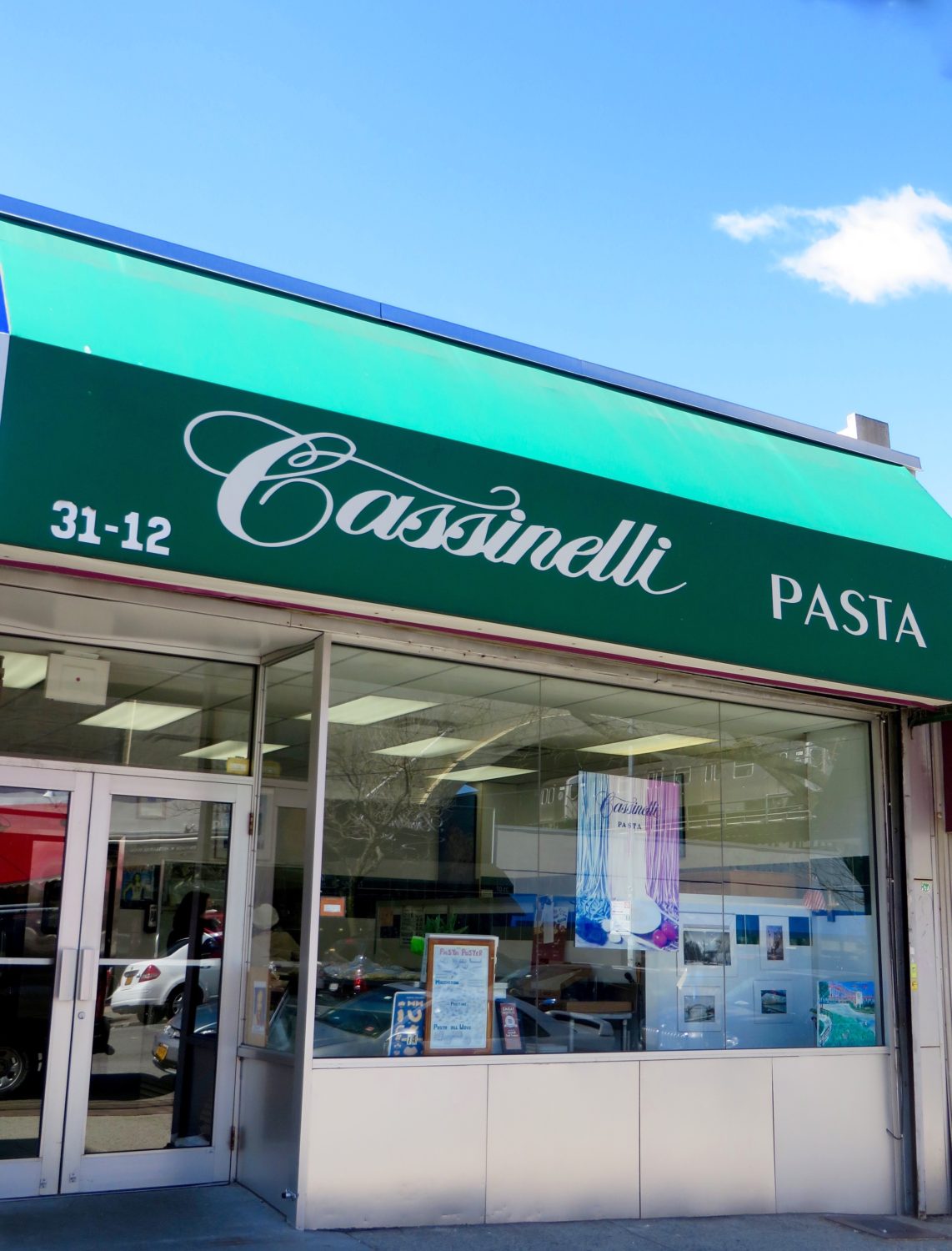
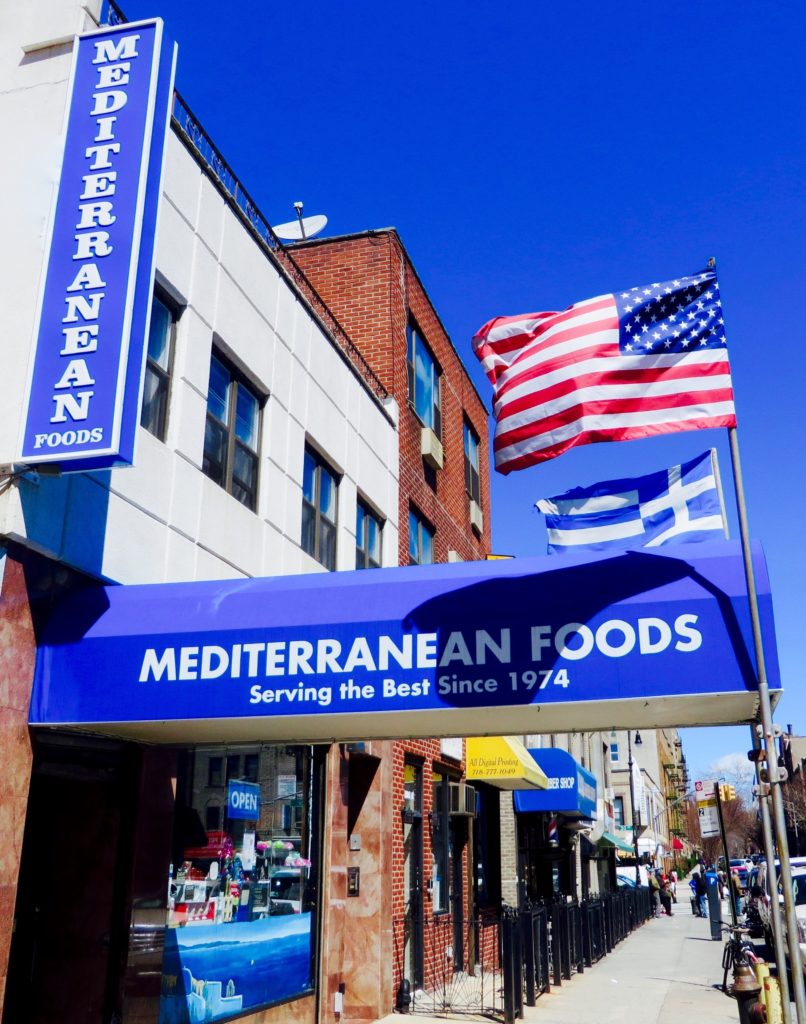
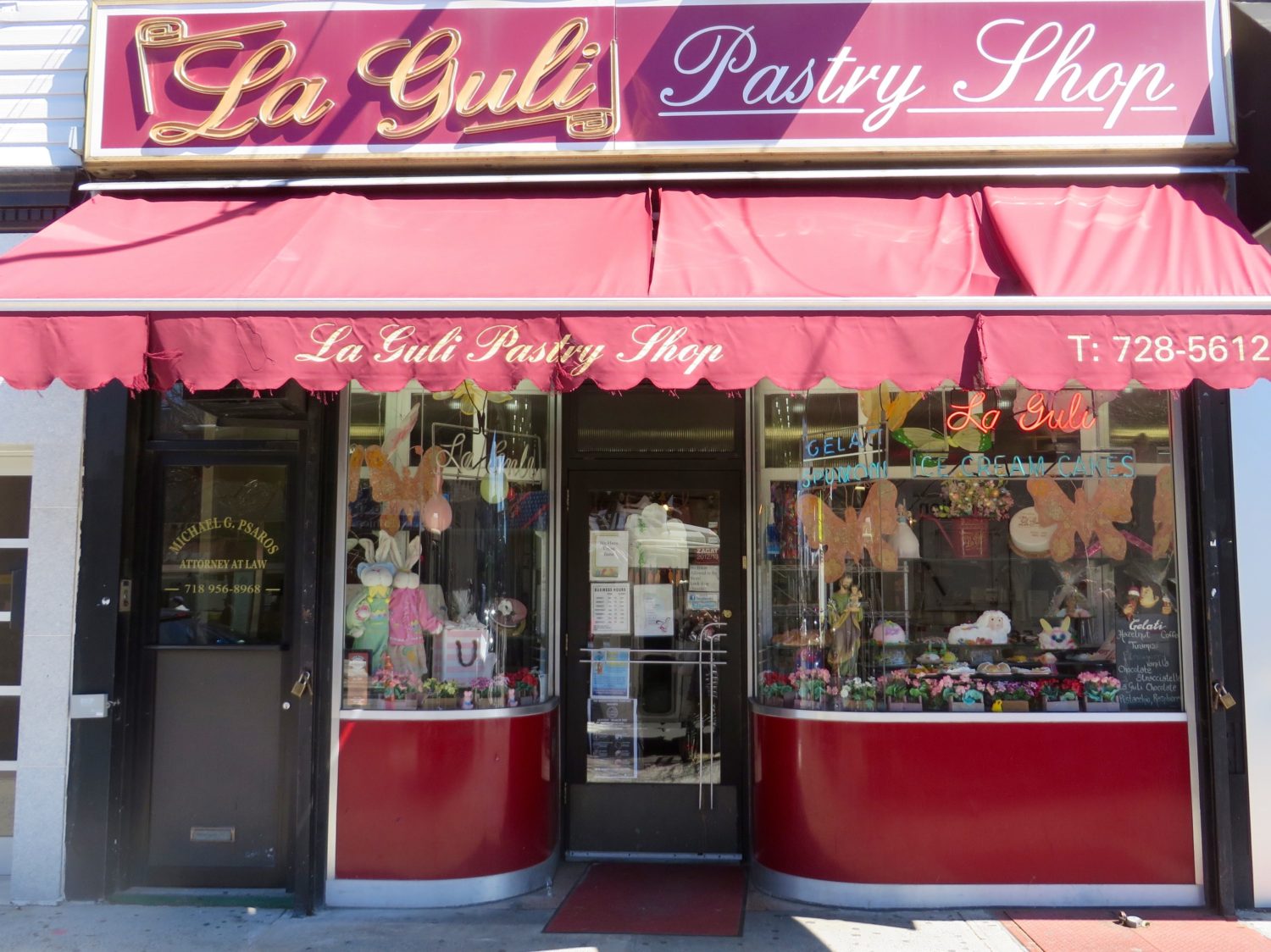
Even now, store clients are largely those of Italian heritage, said Bonfigli. “This used to be a very heavy Italian area years ago; you could hear people talking Italian walking down the street. There were few Greeks until the 1960s. Now we have clients from Istria, Croatia, Argentina, and Uruguay.”
As for La Guli, products are all made from original recipes from the family. “We have a little hand-written book”, explained Notaro. But she notices changes over the years to the neighborhood and her client base.
“A lot of people are coming back to the neighborhood who lived here before. The neighborhood has been changing. When my grandfather came here in 1937, it was mainly Irish and German, and then the Italians came in. Then in the 60s the Greeks came in. Prices of the rentals are going crazy. Hipsters are coming from Manhattan who can’t afford Manhattan. Thank god my grandfather owns the building or we probably would have been out a long time ago!”
What do the changes mean for La Guli? “It’s the different kind of people that are coming in”, she said. “Before when it used to be all Italians or Greeks (her client base), it was give me two pounds of cookies. Now it’s give me one cookie.”
Greek residents rapidly increased in number after 1965 from mainland Greece and then after 1974 from Cyprus: one third of all Greeks who moved to New York City in the 1980s settled in the neighborhood, and by the mid-1990s they accounted for slightly less than half its population. This cultural imprint can be seen in the numerous Greek restaurants, bakeries, taverns and cafes.
Mediterranean Foods’ Pinos, originally from Tripolis Greece on the Peloponnesian peninsula, explained what differences he has observed over the years. “The community has changed a lot. It used to be a European village let’s say; right now it’s a mixed neighborhood. People come from all over the place because of the food, the nightlife and the rents. It used to be mainly Greeks, now it’s mixed”.
I asked him about the appeal of Astoria, and what brings people here to shop. “You go to the local grocery store, you’re going to find fresh and good products compared to Manhattan. You are going to the butcher. You’re going to get the cut you want. You go to the food store; you find good variety”.
The variety of Greek products on offer made us salivate. Homemade sausages, taramosalata, tzatziki, home-made yoghurt, olive oil from Crete, spaghettis, spices, honey, and sweets such as baklava and chocolates.
Even now, store clients are largely those of Italian heritage, said Bonfigli. “This used to be a very heavy Italian area years ago; you could hear people talking Italian walking down the street. There were few Greeks until the 1960s. Now we have clients from Istria, Croatia, Argentina, and Uruguay.”
As for La Guli, products are all made from original recipes from the family. “We have a little hand-written book”, explained Notaro. But she notices changes over the years to the neighborhood and her client base.
“A lot of people are coming back to the neighborhood who lived here before. The neighborhood has been changing. When my grandfather came here in 1937, it was mainly Irish and German, and then the Italians came in. Then in the 60s the Greeks came in. Prices of the rentals are going crazy. Hipsters are coming from Manhattan who can’t afford Manhattan. Thank god my grandfather owns the building or we probably would have been out a long time ago!”
What do the changes mean for La Guli? “It’s the different kind of people that are coming in”, she said. “Before when it used to be all Italians or Greeks (her client base), it was give me two pounds of cookies. Now it’s give me one cookie.”
Greek residents rapidly increased in number after 1965 from mainland Greece and then after 1974 from Cyprus: one third of all Greeks who moved to New York City in the 1980s settled in the neighborhood, and by the mid-1990s they accounted for slightly less than half its population. This cultural imprint can be seen in the numerous Greek restaurants, bakeries, taverns and cafes.
Mediterranean Foods’ Pinos, originally from Tripolis Greece on the Peloponnesian peninsula, explained what differences he has observed over the years. “The community has changed a lot. It used to be a European village let’s say; right now it’s a mixed neighborhood. People come from all over the place because of the food, the nightlife and the rents. It used to be mainly Greeks, now it’s mixed”.
I asked him about the appeal of Astoria, and what brings people here to shop. “You go to the local grocery store, you’re going to find fresh and good products compared to Manhattan. You are going to the butcher. You’re going to get the cut you want. You go to the food store; you find good variety”.
The variety of Greek products on offer made us salivate. Homemade sausages, taramosalata, tzatziki, home-made yoghurt, olive oil from Crete, spaghettis, spices, honey, and sweets such as baklava and chocolates.
From upper Manhattan, Astoria is within easy reach in 30 minutes by subway. At the end of our shopping day, armed with bags of fresh fruit and vegetables from the United Brothers greengrocer, whose bright-colored products spilled out onto the sidewalk along 30th Avenue, meat and seafood from the local butcher and fish market, pastries from La Guli, pasta from Cassinelli and olive oil, spanakopita, yoghurt and bacalao from Mediterranean Foods, we felt we had not only re-stocked the kitchen but had a truly personal shopping experience.

